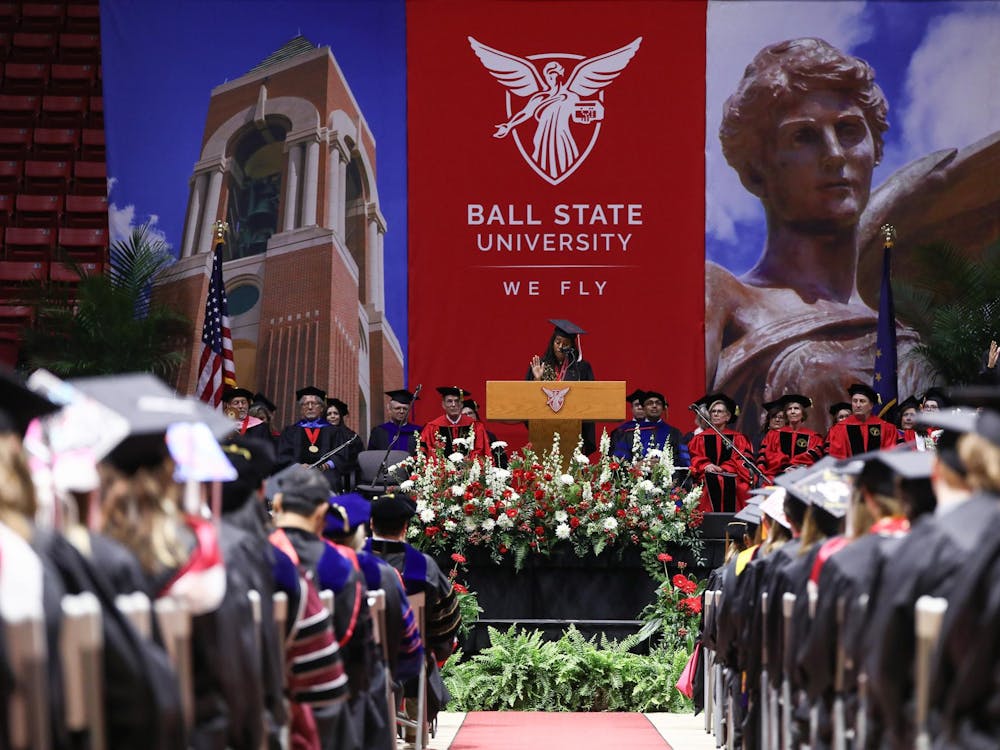Key structure of Iranian nuclear deal
Limits enrichment to 5 percent:
Iran must not enrich uranium above 5 percent. This is far below the more than 90 percent enrichment needed for a nuclear bomb. It is however enough to work in Iran’s single nuclear power factory.
Destroy stockpile of 20 percent enriched uranium:
Iran must destroy this level of uranium which is still several steps away from weapons grade. This will work to lessen concerns that Iran could quickly create a nuclear weapon. Iran is either allowed to convert the uranium to fuel for its nuclear reactor or dilute it below the 5 percent level.
No new centrifuges:
This will essentailly cease Iran’s abilities to enrich uranium for six months, however, Iran is allowed to keep its current facilities open. Centrifuges turn uranium into nuclear fuel.
Stop work at Iran’s Arak reactor:
Arak is a “heavy water” plant meaning that it produces a high degree of plutonium biproduct. Plutonium can potentially be used to make weapon fuel. Iran also agreed not to build a plutonium reprocessing facility that would be used to make weapons.
GENEVA — Iran struck a historic deal Sunday with the United States and five other world powers, agreeing to a temporary freeze of its nuclear program in the most significant agreement between Washington and Tehran in more than three decades of estrangement.
Iranian President Hassan Rouhani endorsed the agreement, which commits Iran to curb its nuclear activities for six months in exchange for limited and gradual sanctions relief, including access to $4.2 billion from oil sales. The six-month period will give diplomats time to negotiate a more sweeping agreement.
It builds on the momentum of the public dialogue opened during September’s annual U.N. gathering, which included a 15-minute phone conversation between President Barack Obama and moderate-leaning Rouhani, who was elected in June.
The package includes freezing Iran’s ability to enrich uranium at a maximum 5 percent level, which is well below the threshold for weapons-grade material and is aimed at easing Western concerns that Tehran could one day seek nuclear arms.
Obama hailed the pact’s provisions, which include curbs on Iran’s enrichment and other projects that could be used to make nuclear arms, as key to preventing Iran from becoming a nuclear threat.
“Simply put, they cut off Iran’s most likely paths to a bomb,” he told reporters in Washington.
For Iran, keeping the enrichment program active was a critical goal. Iran’s leaders view the country’s ability to make nuclear fuel as a source of national pride and an essential part of its insistence at nuclear self-sufficiency.
Giving up too much on the enrichment program would have likely brought a storm of protest by Iranian hard-liners, who were already uneasy over the marathon nuclear talks and Rouhani’s outreach to Washington.
In a nationally broadcast speech, Rouhani said the accord recognizes Iran’s “nuclear rights” even if that precise language was kept from the final document because of Western resistance.
“No matter what interpretations are given, Iran’s right to enrichment has been recognized,” said Rouhani, who later posed with family members of nuclear scientists killed in slayings in recent years that Iran has blamed on Israel and allies.
U.S. Secretary of State John Kerry, who joined the final negotiations along with the foreign ministers of Russia, China, France, Britain and Germany, said the pact will make U.S. allies in the Middle East, including Israel, safer reducing the threat of war.
“Agreement in Geneva,” he tweeted. “First step makes world safer. More work now.”
A White House statement said the deal limits Iran’s existing stockpiles of enriched uranium, which can be turned into the fissile core of nuclear arms.
The statement also said the accord curbs the number and capabilities of the centrifuges used to enrich and limits Iran ability to “produce weapons-grade plutonium” from a reactor in the advanced stages of construction.
The statement also said Iran’s nuclear program will be subject to “increased transparency and intrusive monitoring.”
“Taken together, these first step measures will help prevent Iran from using the cover of negotiations to continue advancing its nuclear program as we seek to negotiate a long-term, comprehensive solution that addresses all of the international community’s concerns,” said the statement.
But one influential member of Congress was quick to criticize the deal.
Rep. Ed Royce, the Republican chairman of the House Foreign Affairs Committee, expressed “serious concerns,” saying the United States was “relieving Iran of the sanctions pressure built up over years,” while allowing Tehran to “keep the key elements of its nuclear weapons-making capacity.”
Obama hailed the deal as putting “substantial limitations” on a nuclear program that the United States and its allies fear could be turned to nuclear weapons use.
“While today’s announcement is just a first step, it achieves a great deal,” Obama said. “For the first time in nearly a decade, we have halted the progress of the Iranian nuclear program, and key parts of the program will be rolled back.”
Iran’s currency, the rial, got a small boost after news of the deal, strengthening to about 29,000 rials against the U.S. dollar, compared with about 29,950 in recent days.




